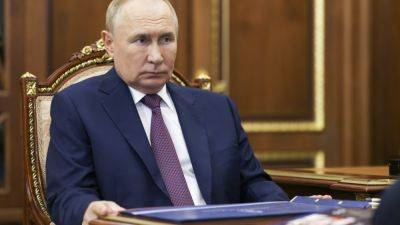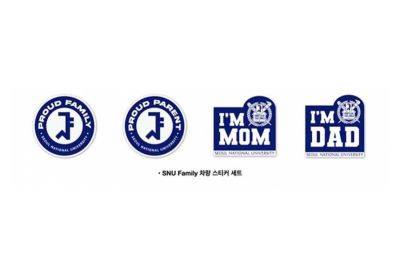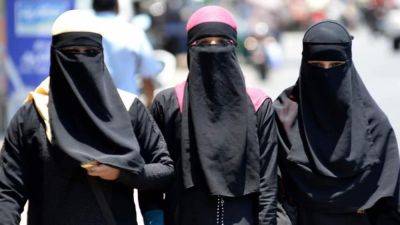The bond market is about to do something noteworthy while everyone's distracted by Nvidia
While traders were focusing on Nvidia's results Thursday, something big was happening in the bond market. The inverted spread between the 2- and 10-year Treasury yields, considered a classic recession indicator, is nearly back to normal.
In Thursday trading, the 10-year yield was less than 2 basis points below the 2-year rate, narrowing an inversion that began in June 2022. An inverted curve has been the harbinger of most every recession in the U.S. since World War II, as it indicates that traders see growth over the longer term slowing. (1 basis point equals 0.01%.)
While a recession has yet to occur, the end of the inversion does not necessarily mean we are out of the woods yet.
In fact, the yield curve generally does normalize just before heading into recessions as traders begin to price in the likelihood that the Federal Reserve will have to start lowering interest rates as way to battle the economic slowdown.
Markets currently are widely expecting the Fed to start cutting in September and continuing to do so through at least the end of 2025.
While markets most closely watch the relationship between the 2- and 10-year yields, the Fed keeps its eye on the 10-year compared to the 3-month Treasury. Through July, the relationship had been indicating a 56% chance of recession over the next 12 months, though the probability has been narrowing, according to the New York Fed.
"The simple explanation behind this relationship is that excessively high Fed Funds rates, which determine 3-month Treasury yields, causes recession. Since 10-year yields approximate the market's best guess of the neutral rate of interest, whenever the Fed keeps policy rates above those levels the American economy contracts," Nicholas Colas, co-founder of







